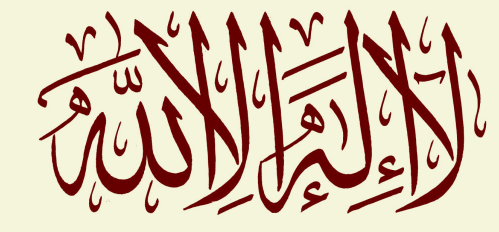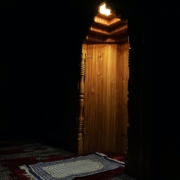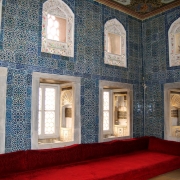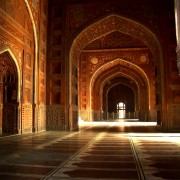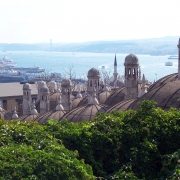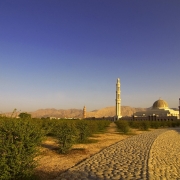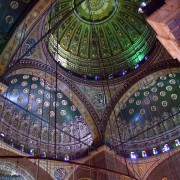The World, Man and Ritual Prayer according to Ibn al-ʿArabīn – Sophie Tyser
In his ‘introduction à la lecture des Futūḥāt Makkiyyaʾ, Michel Chodkiewicz discerned, among the different ways of approaching the mystery of the walāya, the ‘symbolic meaning of the ritual practices that lead to it’, including ritual prayer, considered by Ibn al-ʿArabī (d.638/1240) as an ini- tiatory journey. The ritual prayer prescribed to Muslims, whose form has been fixed during the celestial ascension (miʿrāj) of the Prophet according to Muslim tradition, is described in a famous hadith as the ascension or ladder of the believer (miʿrāj al-muʾmin). A vector of meditation for Muslim spiritual masters to this day, the ascending dimension of prayer and its movements has caused much ink to flow in mystical literature. It found a resounding doctrinal expression in the teaching of the Shaykh al- Akbar, in which the movements of the whole body of the person at prayer enter into correspondence with the stages of the manifestation of Being.
Conformity to the Muhammadan model in all its aspects, including the states (aḥwāl) of the Prophet, is a cornerstone of the Sufi tradi- tion. 2 As Michel Chodkiewicz pointed out in his article ‘Le modèle prophétique de la sainteté en Islam’, ‘the “adherence” to the Prophet’s states finds its most accomplished fruit in this recapitulation by the walî of the “Night Journey” that led Muḥammad to the threshold of the divine Presence’. 3 An unquenchable source of meditation for the spiritual masters of Islam from the earliest times, the Prophet’s Night Journey during which he completes his ascent (miʿrāj) to God was conceived as the prototype of every spiritual journey. 4 According to Islamic tradition, it was at the summit of his celestial ascent that the ritual prayer was revealed to him during his direct encounter with God. 5 The backbone of the Muslim’s devotional practice, prayer
